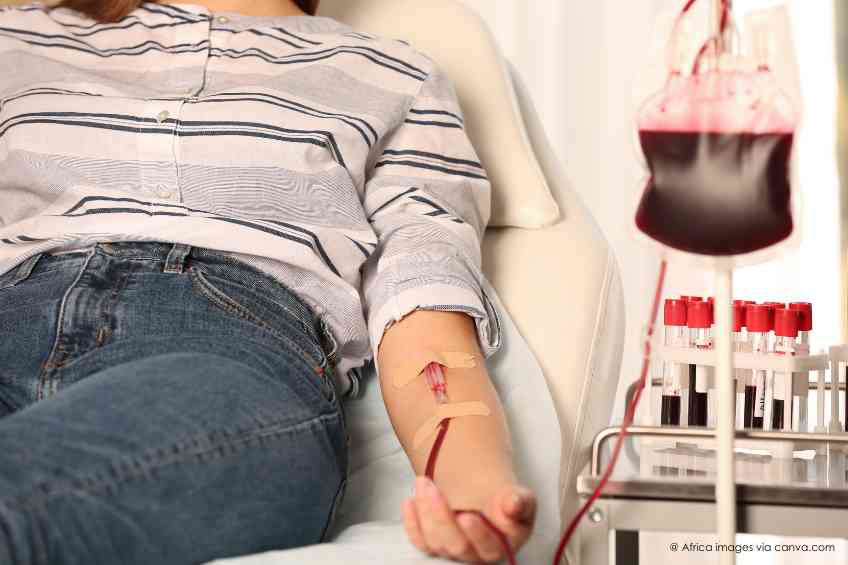By John Salak –
The impact violent television programming has on children has been debated almost since TV programs first appeared. The sides seem equally divided on the issues. However, TV violence impacts young children in ways that may persist for years. Now, Canadian researchers are reporting that early exposure to violent content may increase the risk of antisocial behavior in teens more than a decade after they were exposed.
The researchers out of the Université de Montreal’s School of Psychoeducation looked at almost 2,000 boys and girls born between the spring of 1997 and 1998 who were enrolled in the Quebec Longitudinal Study of Child Development to reach their findings. Parents reported the frequency of their child’s exposure to violent television content at ages 3.5 and 4.5 years old. Boys and girls then self-reported several aspects of antisocial behavior at age 15.
Violent content appeared to have a definable impact on boys over time, while virtually no impact on girls. Preschool violent televiewing, in fact, predicted increases in antisocial behavior for boys at 15, the research team reported. More specially, being exposed to violent content in early childhood predicted later aggressive behaviors such as hitting or beating another person, with the intention of obtaining something, stealing, with or without any apparent reason.
There was also an increased risk of these boys issuing threats and insults and getting involved in gang fights. The use of weapons is also among the behavioral outcomes predicted by exposure to childhood television violence, the study noted.
No effects were found for girls, which the researchers noted was not surprising given that boys are generally more exposed to such content.
“Although past evidence showing causal links between modeling and getting rewarded for violence had an immediate impact on aggressive behavior in 4-year-old children, few studies have investigated long-term risks with antisocial behavior,” explained study leader Professor Linda Pagani. “It was ideal to study this question with typically developing middle-class children because, as a population, they have the lowest chances of engaging in aggression and behavior harmful to others.”
The study defined screen violence as anything “characterized by physical aggression, verbal aggression and relational aggression […] depicting situations that intentionally attempt or cause harm to others.”
The research teams noted that children are attracted to fast-paced and stimulating violent content, which often features appealing characters like superheroes who commit and are rewarded for aggressive acts.
“We statistically took into account alternative child and family factors that could have explained our results, to be as close as possible to the truth in the relationships we were looking at,” Pagani added.
Ultimately, the results underscored the potentially dangerous consequences of exposing young children, particularly boys, to violence on television. It also shows the need for a systematic response to the threat.
“Our study provides compelling evidence that early childhood exposure to media violence can have serious, long-lasting consequences, particularly for boys. This underscores the urgent need for public health initiatives that target campaigns to inform parents and communities about the long-term risks and empower them to make informed choices about young children’s screen content exposure,” Pagani added.













